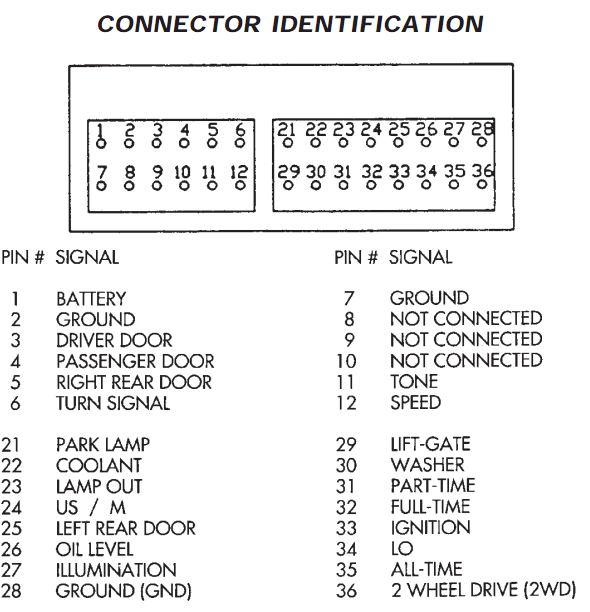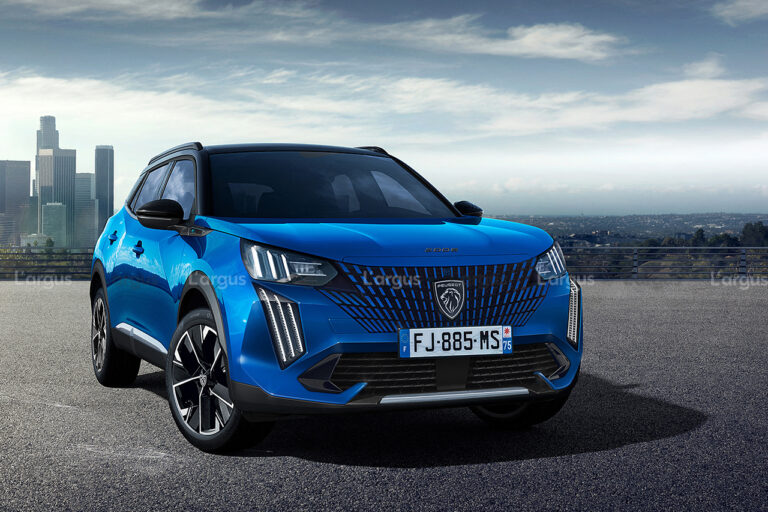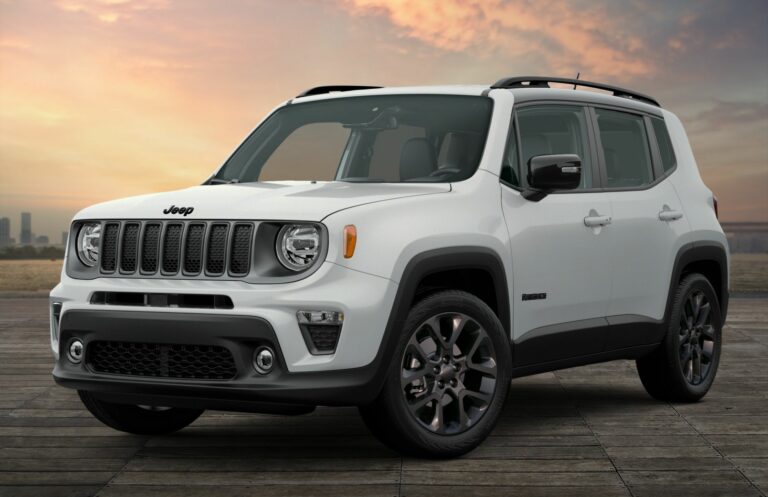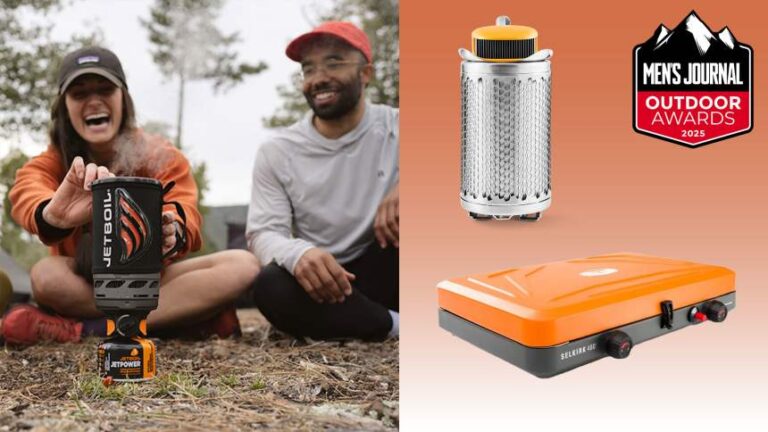97 Jeep Cherokee: Unearthing the Enduring Icon
97 Jeep Cherokee: Unearthing the Enduring Icon jeeps.truckstrend.com
The automotive landscape is littered with vehicles that come and go, but very few achieve the legendary status and enduring appeal of the Jeep Cherokee XJ. Among its celebrated production run, the 1997 Jeep Cherokee stands out as a particularly coveted model year, often considered the sweet spot by enthusiasts and daily drivers alike. It represents a refined version of a beloved classic, embodying a perfect blend of rugged utility, surprising comfort, and the unmistakable spirit of adventure that only a Jeep can offer.
More than just a vehicle, the 97 Jeep Cherokee is a cultural touchstone – a symbol of freedom, simplicity, and go-anywhere capability. It’s a testament to a time when SUVs were built with a robust, unibody construction and straightforward mechanics, designed to tackle trails as readily as they navigated suburban streets. This article delves deep into what makes the 1997 Cherokee XJ an enduring icon, offering a comprehensive guide for those who own one, aspire to own one, or simply wish to understand its lasting legacy.
97 Jeep Cherokee: Unearthing the Enduring Icon
The Heart of the Legend: What Makes the ’97 XJ Special?
The 1997 model year was significant for the Jeep Cherokee XJ. While it retained the iconic boxy silhouette that defined the XJ generation from 1984 to 2001, it introduced a series of subtle yet impactful refinements. These mid-cycle updates primarily focused on the interior, bringing a much-needed modernization to the dashboard, door panels, and overall cabin ergonomics. The exterior received minor tweaks, such as a revised tailgate and rear lighting, but largely maintained its classic appeal.
At its core, the ’97 Cherokee is celebrated for its mechanical simplicity and robust design. It typically came with two primary engine options, though one vastly overshadowed the other in popularity and capability:
- 4.0L AMC Straight-Six (I6): This inline-six engine is the undisputed champion and the primary reason for the XJ’s legendary reliability and power. Known for its torque, durability, and relatively easy maintenance, the 4.0L is an engineering marvel that powers countless Cherokees to this day. It provides ample power for both highway cruising and off-road crawling.
- 2.5L AMC Four-Cylinder (I4): Less common and significantly less powerful, the 2.5L was primarily offered in 2WD base models. While reliable, it lacks the grunt most enthusiasts associate with the XJ and is generally less sought after.
Transmission choices typically included the robust Aisin-Warner AW4 automatic (a favorite for its reliability) or the AX-15 five-speed manual. For four-wheel drive models, buyers had options for transfer cases: the NP231 Command-Trac (part-time 4WD, no full-time option) or the NP242 Selec-Trac (offering a full-time 4WD mode, ideal for varying road conditions). Axle-wise, most came with a Dana 30 in the front and either a stronger Chrysler 8.25 or a weaker Dana 35 in the rear, with the 8.25 being preferred for its greater strength, especially for off-road modifications.

The unibody construction, while criticized by some for not being a full-frame, contributed to the XJ’s relatively lighter weight and a more car-like ride on the road, without compromising its impressive off-road prowess.
Why the ’97 Cherokee Endures: Benefits and Appeal
The enduring popularity of the 1997 Jeep Cherokee stems from a combination of compelling benefits:
- Legendary Reliability: The 4.0L engine, paired with the AW4 automatic transmission, is a workhorse combination known to run for hundreds of thousands of miles with proper maintenance.
- Exceptional Off-Road Capability: Despite its modest size, the XJ’s short wheelbase, solid axles, and capable 4WD systems make it a formidable off-roader right off the showroom floor. Its compact dimensions allow it to navigate tight trails that larger vehicles can’t.
- Simplicity and Maintainability: The ’97 Cherokee is largely free of complex electronics and finicky systems. Its mechanical simplicity means it’s relatively easy for DIY enthusiasts to maintain, diagnose issues, and perform repairs.
- Vast Aftermarket Support: Due to its immense popularity, the aftermarket is flooded with parts, upgrades, and accessories for the XJ. From lift kits and armor to engine performance parts and interior enhancements, nearly anything you can imagine is available.
- Practical Daily Driver: Its compact SUV size makes it manageable in urban environments, easy to park, and reasonably comfortable for daily commuting, especially compared to larger, truck-based SUVs.
- Affordability: While prices vary, a well-maintained 97 Cherokee can often be acquired for a reasonable price, offering incredible value for its capabilities.
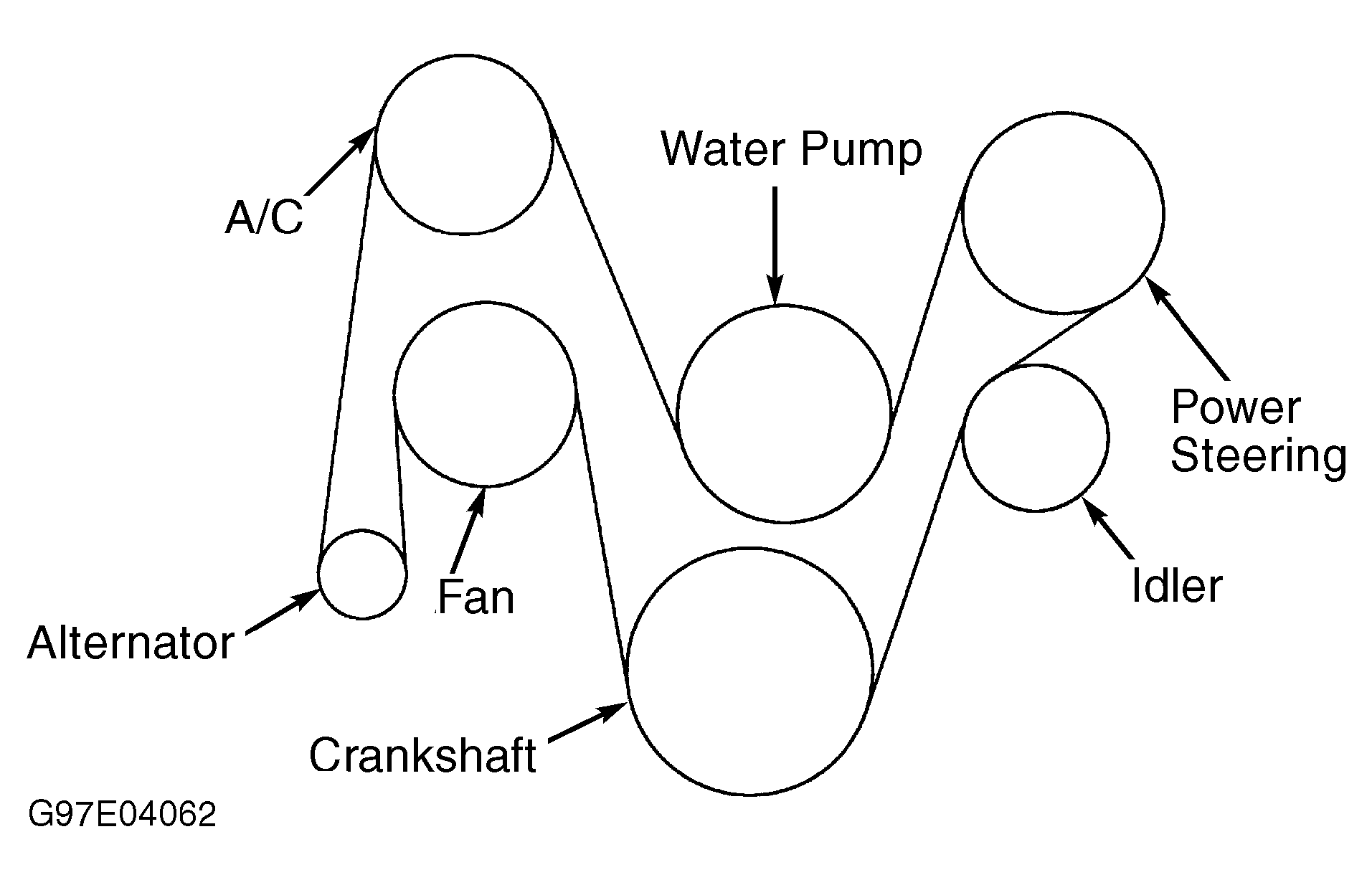

Common Challenges and Practical Solutions
Like any vehicle of its age, the 1997 Jeep Cherokee isn’t without its quirks and common issues. Understanding these and knowing the solutions is key to a happy ownership experience:
- Rust: The unibody construction means rust can be a significant issue, particularly in areas with road salt. Check frame rails, floorboards, rocker panels, and around the rear leaf spring mounts. Solution: Thorough pre-purchase inspection is critical. For minor surface rust, conversion and coating can help. For severe rust, professional repair or structural reinforcement may be needed.
- Cooling System: The 4.0L engine runs hot, and the cooling system is a common failure point. Issues include clogged radiators, failing water pumps, worn fan clutches, and leaky hoses. Solution: Proactive maintenance is vital. Flush the system regularly, replace the thermostat, water pump, and fan clutch as preventative measures, and consider upgrading to an aluminum radiator.
- Electrical Gremlins: Aging wiring can lead to issues with power windows, door locks, gauge clusters, and interior lights. Solution: Check wiring harnesses for corrosion or frayed wires. Often, cleaning grounds and connections can resolve many electrical quirks. Aftermarket wiring kits for specific components can also be a solution.
- Leaf Spring Sag: The rear leaf springs are notorious for flattening out over time, leading to a saggy rear end and reduced ride height. Solution: Replace worn leaf springs with new OEM-style or aftermarket heavy-duty springs. An "add-a-leaf" kit or shackle relocation can also provide a temporary lift or correct sag.
- Transmission Cooler Lines: The lines running from the AW4 transmission to the radiator cooler can corrode and leak. Solution: Inspect these lines regularly and replace them with new steel or upgraded braided lines if signs of leakage or corrosion are present.
Buying a 97 Jeep Cherokee: What to Look For
Purchasing a vintage vehicle like the 1997 Cherokee requires a keen eye and patience. Here’s a practical guide:
- Rust is paramount: This is the biggest deal-breaker. Get underneath the vehicle with a flashlight and thoroughly inspect the unibody rails, floorboards, rocker panels, and shock mounts. Tap on areas with a hammer to check for soft spots.
- Engine Health: Listen for knocking, ticking (especially valve tapping, which is common but can indicate issues), or excessive smoke. Check oil and coolant for signs of mixing. Look for leaks around the valve cover, oil pan, and rear main seal (common but not always critical).
- Transmission & Transfer Case: Test all gears in both 2WD and 4WD (high and low). Listen for grinding or hesitation. Check fluid levels and condition.
- Suspension & Steering: Look for worn bushings, ball joints, tie rod ends, and steering box play. Drive the vehicle to feel for looseness or clunking.
- Electricals: Test every switch, light, window, and accessory. Pay close attention to the gauge cluster.
- Interior Condition: While subjective, a well-maintained interior often indicates a more caring owner. Check for water leaks from the windshield or sunroof.
- Maintenance Records: Ask for any available service history. A stack of receipts is a good sign.
- Modifications: Be wary of overly modified Cherokees unless you know exactly what you’re looking at. Poorly installed lift kits or aftermarket parts can lead to more problems than they solve.
Maintaining and Upgrading Your 97 XJ
Owning a 97 Cherokee is a rewarding experience, especially with proper care and strategic upgrades:
- Essential Maintenance: Adhere to regular oil changes (every 3,000-5,000 miles), coolant flushes, transmission fluid and filter changes, differential fluid changes, and transfer case fluid changes. Inspect belts, hoses, and brakes regularly.
- Cooling System Overhaul: If buying one with unknown history, consider a comprehensive cooling system refresh (new radiator, water pump, thermostat, fan clutch, hoses) for peace of mind.
- Suspension Refresh: New shocks, springs, and bushings can dramatically improve ride quality and handling.
- Lift Kits: A 2-3 inch lift is popular for fitting larger tires (30-31 inches) and enhancing off-road clearance without significant complications.
- Tires: Investing in quality all-terrain or mud-terrain tires will unlock its full off-road potential.
- Armor: Skid plates, rock sliders, and upgraded bumpers offer protection for serious off-roading.
- Lighting: Upgraded headlights (e.g., H4 conversions) and auxiliary lights can vastly improve nighttime visibility.
The 97 Jeep Cherokee Driving Experience
Driving a 1997 Jeep Cherokee is a unique experience. On the road, it offers a relatively compliant ride for an SUV of its era, though it can feel a bit "truck-like" compared to modern crossovers. The 4.0L engine provides adequate acceleration and cruising power, and the visibility from the upright seating position is excellent. Fuel economy is not its strong suit, typically ranging from 15-20 MPG depending on driving style, engine, and modifications.
Off-road, the 97 XJ truly shines. Its compact dimensions, short overhangs, excellent approach and departure angles, and solid axle articulation allow it to tackle surprisingly challenging terrain. It feels nimble and capable, inspiring confidence in the driver. Whether you’re navigating rocky trails, muddy paths, or snowy roads, the Cherokee’s inherent design shines through.
Concluding Thoughts: A Timeless Machine
The 1997 Jeep Cherokee is more than just a used SUV; it’s a testament to robust engineering, timeless design, and a spirit of adventure. Its blend of reliability, capability, simplicity, and affordability has cemented its place in automotive history. While it requires diligent maintenance and an understanding of its common quirks, the rewards of owning a ’97 XJ far outweigh the challenges. It’s a vehicle that sparks joy, encourages exploration, and fosters a vibrant community of enthusiasts. For many, the 97 Cherokee isn’t just a car; it’s a way of life.
97 Jeep Cherokee Price Guide (Estimated Used Market Values)
Please note that prices for a 1997 Jeep Cherokee are highly variable and depend significantly on condition, mileage, maintenance history, modifications, regional demand, and trim level (SE, Sport, Country, Limited). This table provides a general estimated range for the 4.0L 4WD models, which are the most sought after.
| Condition Category | Description | Estimated Price Range (USD) |
|---|---|---|
| Poor | Significant mechanical issues, major rust, neglected maintenance, body damage, non-functional features. Often requires substantial investment to be roadworthy. | $1,000 – $2,500 |
| Fair | Runs and drives, but has noticeable mechanical issues, moderate rust, cosmetic flaws, and requires significant work (e.g., major fluid leaks, worn suspension, non-functional A/C). Suitable for project or budget off-roader. | $2,500 – $4,500 |
| Good | Well-maintained, minimal to no rust (surface rust acceptable), minor cosmetic flaws, all major systems functional. May have minor issues but is reliable for daily driving or light off-roading. | $4,500 – $7,500 |
| Excellent | Exceptionally well-preserved, minimal mileage for its age, no significant rust, meticulously maintained, all features fully functional, near-showroom condition or very clean original. Often a collector’s item or highly desirable example. | $7,500 – $15,000+ |
Note: Heavily modified or custom-built Cherokees can command higher prices depending on the quality and extent of modifications.
Frequently Asked Questions (FAQ) about the 97 Jeep Cherokee
Q1: Is the 1997 Jeep Cherokee reliable?
A1: Yes, especially models equipped with the 4.0L inline-six engine and AW4 automatic transmission. This powertrain combination is renowned for its durability and ability to accumulate high mileage with proper maintenance. However, like any 25+ year old vehicle, it will require ongoing attention to common wear items and age-related issues.
Q2: What’s the fuel economy like for a 97 Jeep Cherokee?
A2: Don’t expect great fuel economy. The 4.0L engine typically gets around 15-18 miles per gallon (MPG) combined for 4WD models, with some owners reporting slightly better on highways (up to 20 MPG) and worse in city driving or off-roading. The 2.5L 4-cylinder would be slightly better but lacks power.
Q3: Is the 97 Cherokee good for daily driving?
A3: Absolutely. Its relatively compact size, comfortable seating (especially the updated ’97 interior), and good visibility make it a practical daily driver. It’s easy to maneuver and park. However, the ride can be a bit firm compared to modern SUVs, and noise levels are higher.
Q4: How capable is the 97 Jeep Cherokee off-road?
A4: Extremely capable. The XJ is celebrated for its legendary off-road prowess. Its short wheelbase, solid axles, unibody construction (which offers good flex), and robust 4WD systems (especially the NP231 or NP242 transfer cases) allow it to tackle challenging trails, rocks, mud, and snow with ease.
Q5: What are the main differences between the ’97 and earlier/later XJ models?
A5: The ’97 model year marked a significant interior refresh, introducing a completely redesigned dashboard, center console, door panels, and improved ergonomics. Exterior changes were minor (new tailgate, revised taillights). Mechanically, it largely retained the proven 4.0L engine and transmission. Later models (1999-2001) saw a slight revision to the 4.0L cylinder head (0331 casting) that can be prone to cracking, making the ’97 a more desirable year in some respects.
Q6: What should I look out for when buying a used 97 Jeep Cherokee?
A6: The biggest concern is rust, especially on the unibody frame rails, floorboards, and rocker panels. Also, inspect the cooling system components, check for engine leaks (particularly the rear main seal), test all electrical components, and examine the suspension for sag or worn parts. Always get a pre-purchase inspection from a trusted mechanic if possible.
Q7: Can I easily get parts for a 97 Jeep Cherokee?
A7: Yes! Due to its immense popularity and long production run, aftermarket support for the XJ Cherokee is vast. You can find almost any replacement part or upgrade from numerous manufacturers, making it relatively easy and affordable to maintain and customize.
